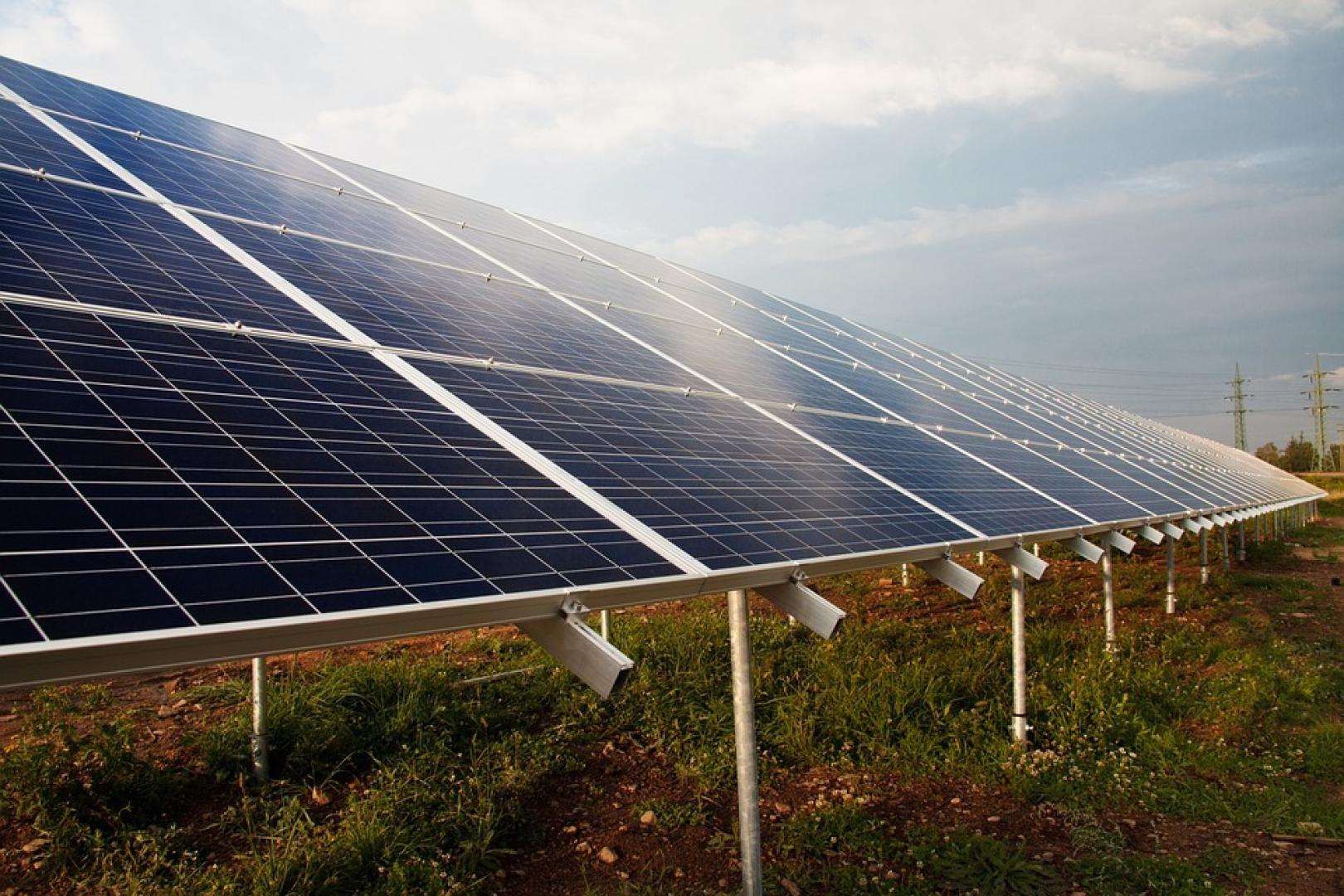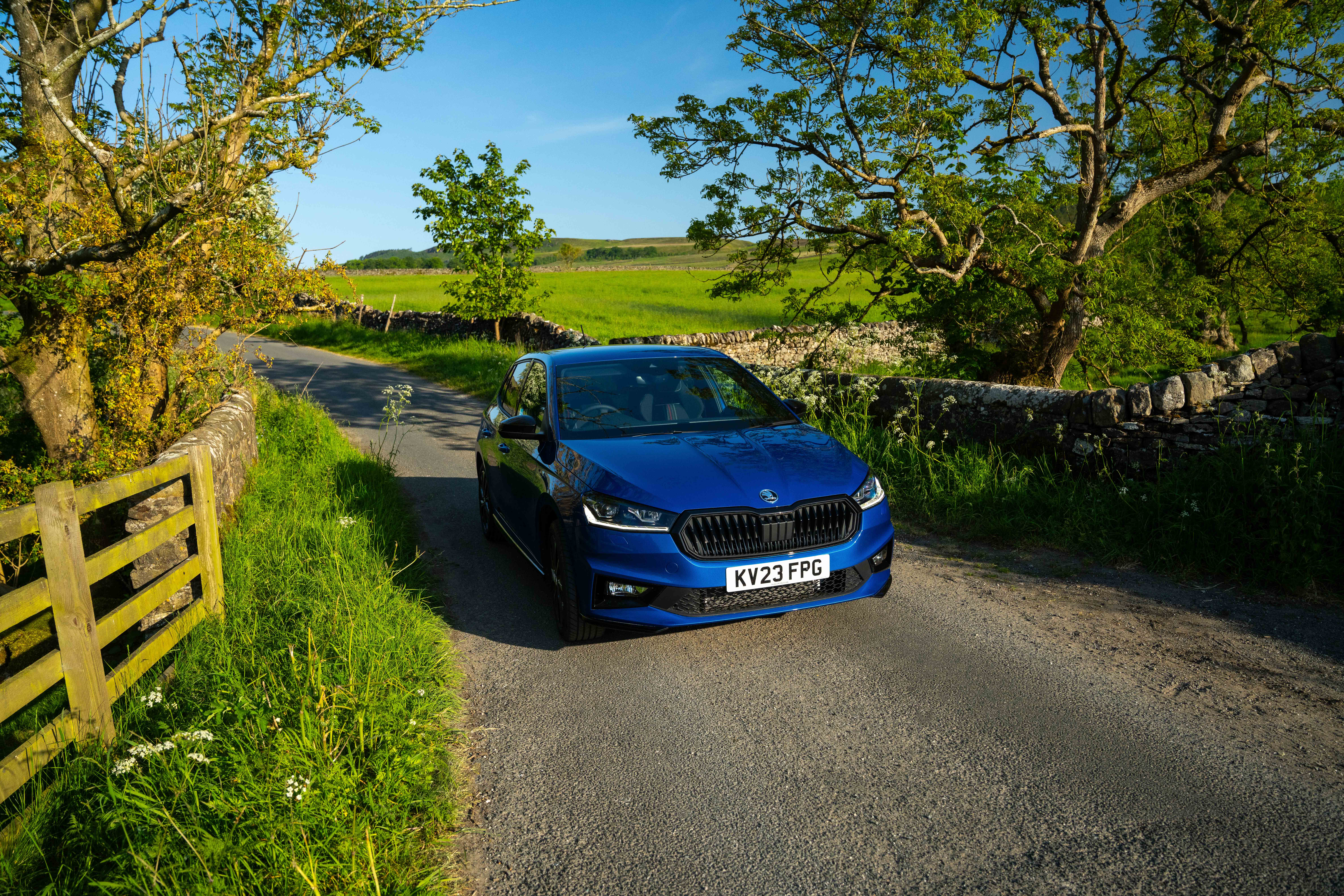PROPOSALS for a large solar farm would have substantial, long-term adverse effects on the landscape, a county officer has warned.
Bluefield Renewable Developments Ltd has applied for permission for a 64-hectare solar farm at Bluestone
Farm at Low Lands, near Cockfield.
However, Durham County Council landscape officer Rebecca Beeston says while the plans will not have direct physical effects on an area of high landscape value, it will be visible from and across it.
She added that it would be highly visible from three public footpaths which have open views across the ridge of the Gaunless Valley.
Ms Beeston said: “The proposals would result in some substantial, long-term and adverse effects to the character, quality and distinctiveness of the local landscape and important views by virtue of its nature, size and visibility and would reduce the quality of the experience for recreational users using the countryside.
“While some of the harm in near views could be mitigated to some degree in the medium to long term, the effects in views from higher ground could not.”
She added: “The proposed development would be located either side of these paths and whilst offset, the solar panels and associated fencing would be seen in close proximity and the proposals would dominate the users’ experience resulting in an adverse visual impact and significant loss of amenity when using these paths.”
She also noted that it would be visible at Low Lands Cricket Ground and a public open space at High Lands.
Ms Beeston said: “At present, both locations enjoy partial views out across open farmland towards the surrounding ridgeline of the Gaunless Valley.”
She highlighted the importance of former Haggerleases Railway Line, which she said makes an important contribution to the historic character of the landscape. She said the solar farm developement would take over as the focal point.
Ms Beeston’s report added: “The proposals would cause some harm to the intrinsic character and beauty of the countryside.
“Whilst the proposals incorporate measures which would mitigate the harm to some degree in the medium term there would be notable longer-term residual harm and particularly in respect of views from high ground to the south and south-east.
“Whether that harm would be unacceptable would depend on the balance of considerations. But given the significance of the harm, I would expect it to be given some weight in the planning balance.”
The developers say the solar farm would generate enough electricity to power about 13,000 households annually (a projected carbon emission reduction of about 8,700 tonnes, or the equivalent of taking about 5,500 cars off the road each year).
Bluefield Renewable Developments says the land selected is not deemed as
the best and most versatile land.
ADVERTISEMENT
Solar farm would damage landscape, says county council officer
ADVERTISEMENT
ADVERTISEMENT
ADVERTISEMENT







